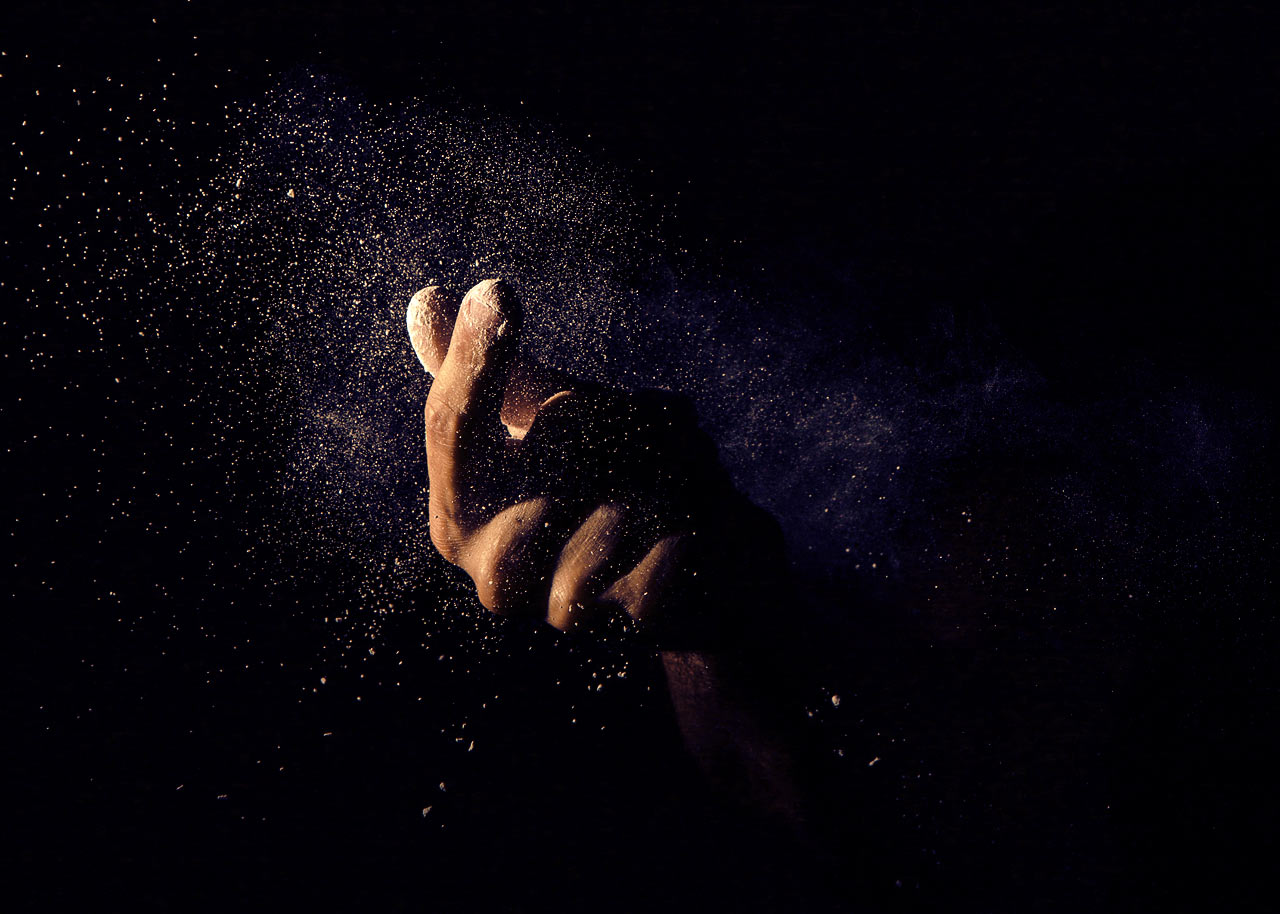Dust connotes decay, lifelessness and ephemerality. It symbolizes the cyclical nature of the ecosphere.
Dust in my imagination is more humble. It is not the fascination with cyclical history that attracts me to it but rather the mundane, everyday-ness of it.
Unlike Carolyn Steedman (in her essay “Something She Called a Fever“) dust has never had anything to do with history or the archive for me. My thoughts on dust might appear symptomatic of archive fever, the constant search for origins, I beg to differ.
Growing up in small towns makes one accustomed to dust. I grew up at the outskirts of a city on the western coast of India. Surat appears in history textbooks as the port of choice before Bombay was passed on to the British from the Portuguese. When someone asks me where I grew up, I say Surat, but I did not really grow up there. My father worked in a cement factory in Hazira, an industrial-shipping hub. So we lived near Hazira, near the village Vesu.
For the longest time our neighborhood was under the governance of a panchayat and not the municipality. The landscape was dotted with houses then priced at what today would be termed “affordable housing.” The houses and apartments were moderately-sized. The problem was never the fact that these affordable apartments and ‘row houses’ as they were called, were not sufficiently luxurious, rather the problem was that the land which it was built upon was a low-lying area, which meant that during every monsoon the ground floor flooded.
When I was younger, dust didn’t feel as uncomfortable as it does now. I have read that today the most-sold Chinese house appliances are air purifiers. Chinese manufacturers are trying to market the devices in India as well. Dust is unhealthy, scientists tell us. My father works for environmental accreditation at his factory now; he cannot help but reiterate how unhealthy dust is. Dust, now mixed with pollutants, has found its way outside of Steedman’s archive and into our everyday lives. Can one feel the archive fever when dust is mixed with pollutants? What kind of a history would our body imagine away from the dust of the archive?
A day of air in Delhi is supposed to be as bad as two boxes of cigarettes. I read this in the newspaper right before I left for Delhi. The first thing I did after getting out at New Delhi Railway Station was smoke a cigarette.
Landscapes determine so much of our thought. I cannot write about snow-capped mountains or a chilly winter without a sense of distance. Winter has never been uncomfortable. Winter was never supposed to be uncomfortable wherever I have lived.
Dust on the other hand is something that I have grown uncomfortable with. The city of Calcutta, where I live now, is not dusty, due to high humidity.
The dusty landscapes of the arid region resonate a feeling of lost home for me. A lost home which one doesn’t feel melancholic for but rather grows indifferent to as all migrants do, like dust itself. Like most uncomfortable homes left behind, they need not be returned to.
The landscape wasn’t like the desert, nor was it like the lush green of Bengal. The soil was pale brown, cracked dry, parched, and I wondered every time I looked into those cracks whether one could slip into the fiery orange core of the Earth of geography textbooks. Walking on the football ground in the summer was scary. The feet were too small and any moment they could slip inside the cracks of the soil.
 Debarun Sarkar is an alumnus of English and Foreign Languages University, Hyderabad and Presidency University, Kolkata where he studied English and Sociology respectively. He currently lives in Calcutta.
Debarun Sarkar is an alumnus of English and Foreign Languages University, Hyderabad and Presidency University, Kolkata where he studied English and Sociology respectively. He currently lives in Calcutta.


0 comments on “Dust & Soil”